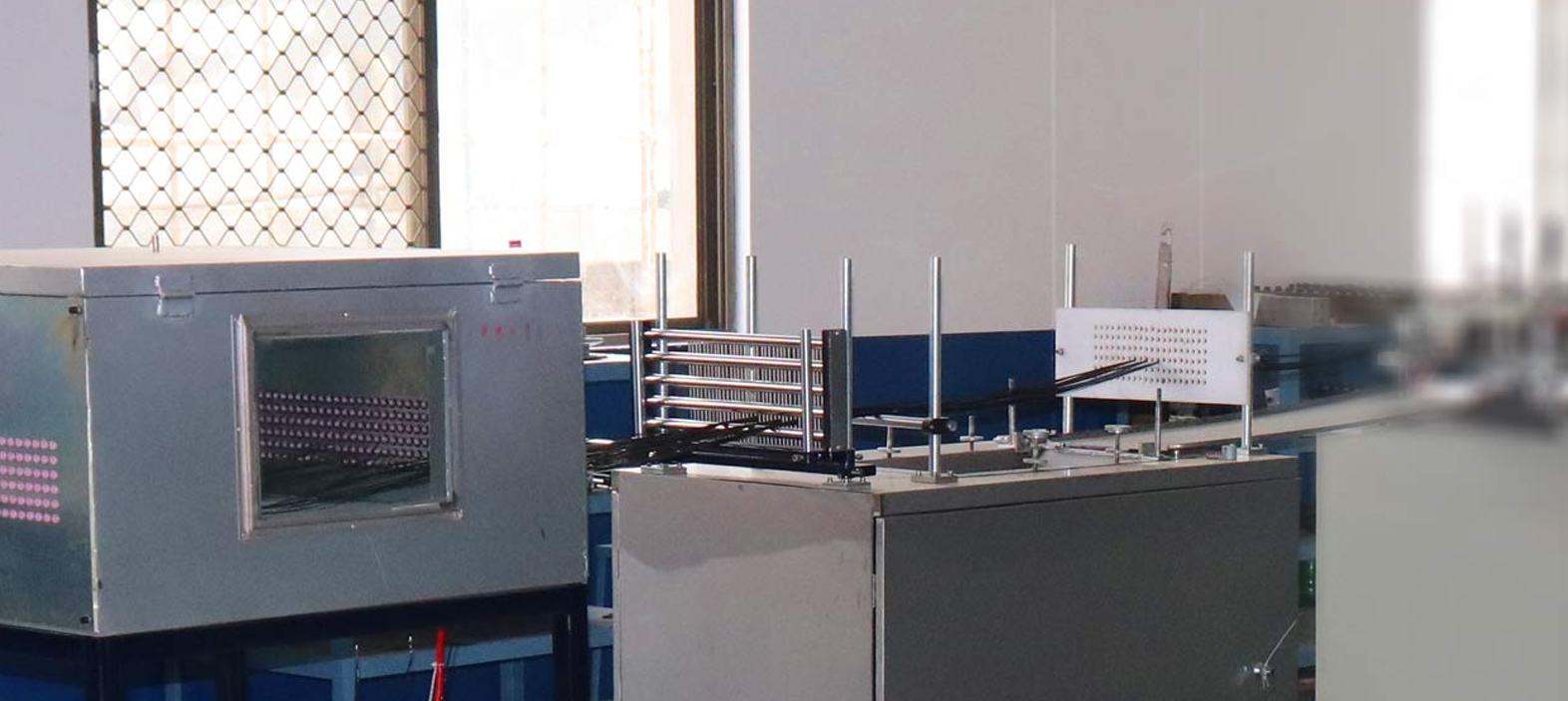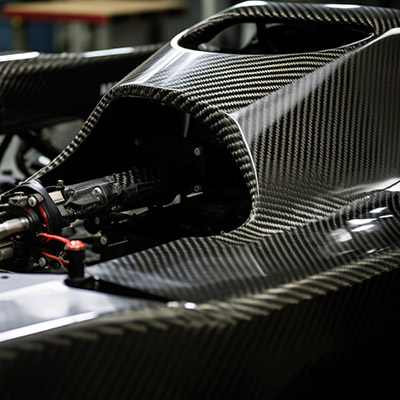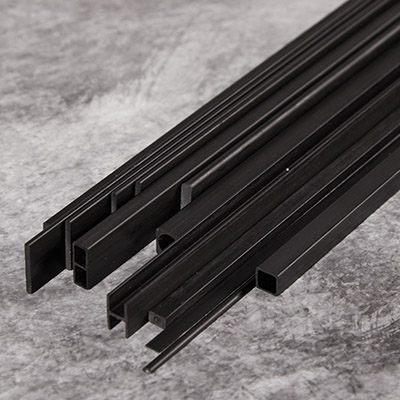
What is Pultrusion? Process Explanation
👁 Reads: 463
Pultrusion is a continuous process for manufacturing composite materials with a constant cross-section. The reinforcement material is pulled through a resin bath and die where it acquires its shape. The most common reinforcement materials used in pultrusion are glass fibers, carbon fibers, and aramid fibers. The resin systems used are usually thermosetting polymers such as polyester, vinyl ester, or epoxy.
Pultrusion can be used to produce a variety of composite shapes, including rods, Carbon Fiber Tubes, angles, channels, and I-beams. The process is well suited for the production of complex shapes with internal voids or cavities, such as honeycomb core material. The advantage of pultrusion over other composite manufacturing processes is that it allows for a high degree of control over the final shape and properties of the composite product.
The pultrusion process begins with a set of pre-impregnated reinforcement materials, called "ropes", being pulled through a heated resin bath. The ropes are then passed through a die where they acquire their final shape. The die is typically cooled to allow the resin to solidify and the composite product to be ejected.
The most common reinforcement materials used in pultrusion are glass fibers, carbon fibers, and aramid fibers. The resin systems used are usually thermosetting polymers such as polyester, vinyl ester, or epoxy.
Pultrusion can be used to produce a variety of composite shapes, including Carbon Fiber Rods, tubes, angles, channels, and I-beams. The process is well suited for the production of complex shapes with internal voids or cavities, such as honeycomb core material. The advantage of pultrusion over other composite manufacturing processes is that it allows for a high degree of control over the final shape and properties of the composite product.
The pultrusion process begins with a set of pre-impregnated reinforcement materials, called "ropes", being pulled through a heated resin bath. The ropes are then passed through a die where they acquire their final shape. The die is typically cooled to allow the resin to solidify and the composite product to be ejected.
How Does The carbon fiber Pultrusion Process Work?
The pultrusion process begins with the preparation of the fiber-reinforced polymer (FRP) resin. The resin is mixed with a curing agent and then impregnated into the fibers. The impregnated fibers are then pulled through a die to create the desired shape. The die shapes the product and also applies pressure to the resin, which helps to cure it.
Once the product exits the die, it is cooled and then cut to the desired length. The finished product is then ready for use.
Pultrusion is a very versatile process and can be used to create a wide variety of products. Some of the more common applications for pultruded products include beams, columns, decking, gratings, and handrails.
The process is well suited for the production of long, continuous lengths of material, such as beams, tubing, and rods. Pultruded products are typically stronger and lighter than their metal counterparts, and they are also resistant to corrosion.
Advantages Of Pultrusion:
Pultrusion is a continuous process for manufacturing composite materials with a constant cross-section. The advantages of pultrusion over other methods of composite production are numerous, making it the preferred choice for a wide range of applications. Pultrusion offers a number of advantages over other methods of composite production, including:
- Increased Strength and stiffness: Pultruded composites are typically much stronger and stiffer than their counterparts made with other methods. This is due to the fact that the fibers are oriented in the direction of the load, making them much better able to resist applied forces.
- Reduced Weight: Pultruded composites are also much lighter than those made with other methods, making them ideal for applications where weight is a critical factor.
- Enhanced Chemical Resistance: Pultruded Carbon Fiber Composites are resistant to a wide range of chemicals, including acids, alkalis, and solvents. This makes them ideal for use in a variety of corrosive environments.
- Increased dimensional stability: Pultruded composites are much less likely to warp or deform over time than those made with other methods. This is due to the fact that the fibers are locked in place by the resin, preventing them from moving.
- Easy to produce: Pultrusion is a relatively simple process that can be easily automated. This makes it possible to produce large quantities of pultruded composites quickly and easily.
Summing up
Pultrusion is a process where reinforcing fibers are impregnated with resin and pulled through a heated die to form a composite shape. The process is continuous, which makes it well suited for the production of long, straight, or complex shapes. The finished product has high dimensional accuracy and good surface finish.





